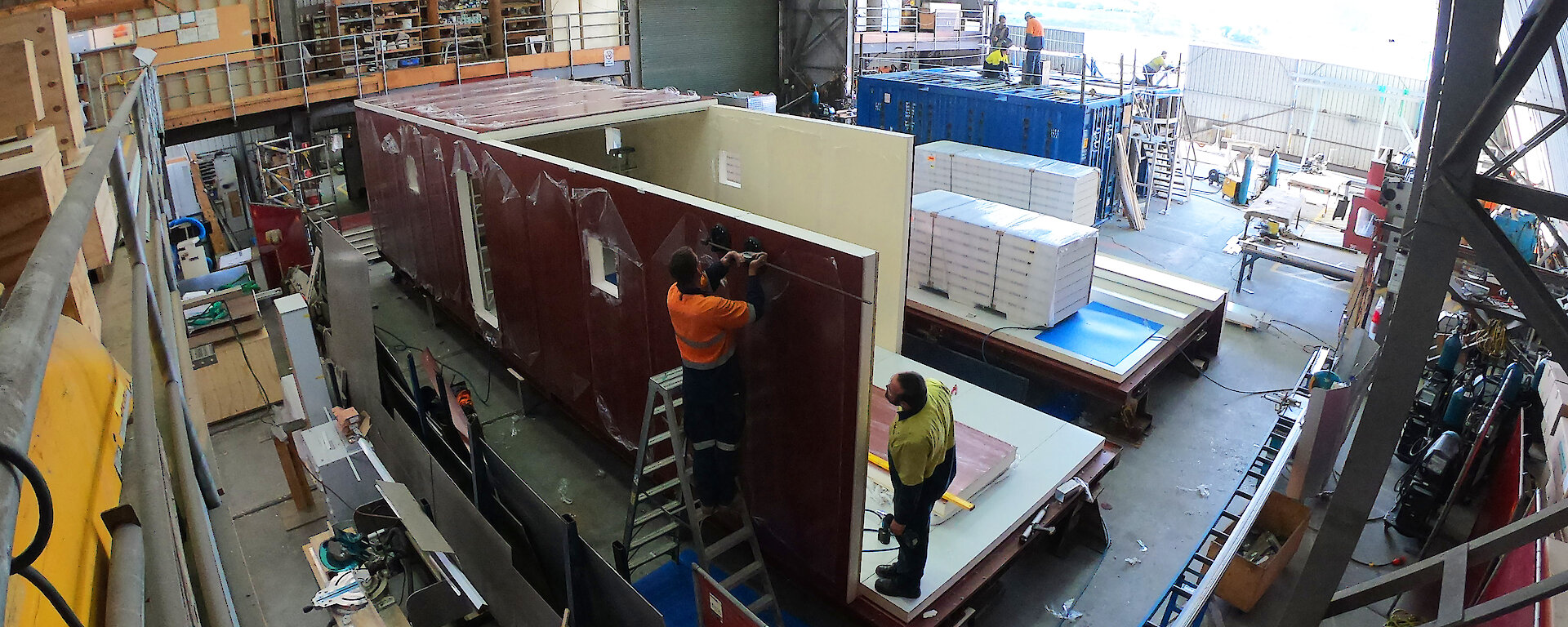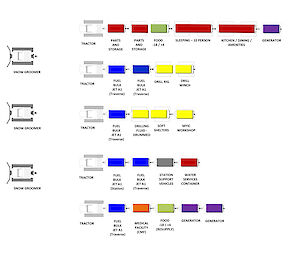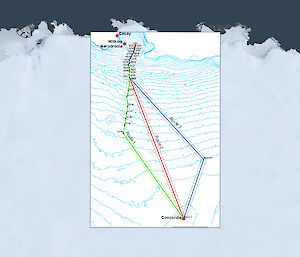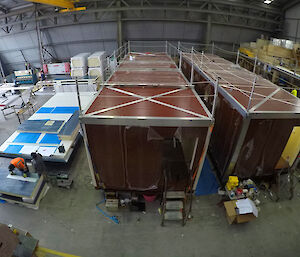If you were travelling in a tractor convoy deep into the Antarctic continent for weeks on end, with temperatures dropping below minus 40, what sort of living space would you like to retreat into?
For a team of Australian expeditioners taking part in the first stage of the search for a million-year-old ice core, they’ll be enjoying the comforts of home in specially designed accommodation vans.
Hobart’s Taylor Bros Marine Pty Ltd has been awarded a $2.6 million contract to build the living vans for the traverse mission and the mobile inland station.
The Australian Antarctic Division’s Anthony Hull is leading the Traverse Project.
“The speed at which this procession will travel is approximately 10 kilometres an hour. To do this for approximately 1200 kilometres, you’re looking at about 12 to 14 days of solid travel,” Mr Hull said.
“The traverse living space is crucial as this is where people will come in out of the cold. It’ll be their sanctuary where they’ll warm up and they’ll fuel with food. It’s vital we get this space right.”
Mr Hull said his team had studied American, French and British Antarctic traverse programs in recent years to help design the vans.
“When the vans are delivered to Casey research station and assembled on the sleds and the whole capability is put together, then we can see the whole picture. That will be an exciting moment,” he said.
“The wealth of experience that Taylor Brothers bring to this design and build is a very good asset for us.”
Taylor Brother’s Director Phil Taylor has been working with the AAD since the 1980s and said the latest contract had come at a good time for his business, amid the COVID pandemic.
He said assembling the vans to fit the extreme conditions expected was a painstaking task.
“For the special climate, the requirements are for temperatures down to minus 50 and the remote station vans will be ‘winterised’ on site,” he said.
“To stop frosting inside, there can be no cold air paths from outside to inside. Those vans are required to withstand down to minus 85 degrees.”
It’s expected they’ll be exposed to temperatures ranging from minus 25 to about minus 40 degrees.
Each has been carefully weighed for shipping and the traverse.
Taylor Bros is assembling a kitchen vans including mess area, showers and waterless incinerator toilets, as well as sleeping vans, one for 10 traverse expeditioners and 4 more for a total of 16, at the remote site.
They’re expected to be delivered to the AAD later this year, before their transfer to Casey research station on the new icebreaker, RSV Nuyina.
Scientists are expected to spend four or five summers drilling down three kilometres into the ice cap south of Dome C, to collect the ice cores.
The Antarctic ice sheet provides a unique record of past climate, and a major scientific focus is to drill an ice core reaching back over a million years ago.
The chemical composition of the ice reveals information about past temperatures, snowfall, volcanic events and solar variations.
Air bubbles trapped in the ice directly record past changes in atmospheric composition including concentrations of carbon dioxide and other greenhouse gasses.
It’s hoped this work will unravel details about the natural drivers of the Earth’s ice age cycles and thus better predict how the ice sheet may evolve in the future.
The Federal Government contributed $45 million in 2016, towards Australia’s overland traverse capability in Antarctica over the next 20 years.





